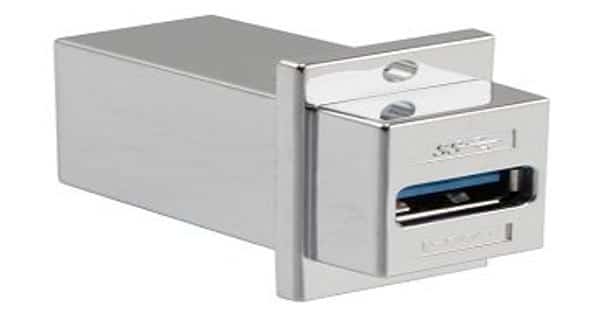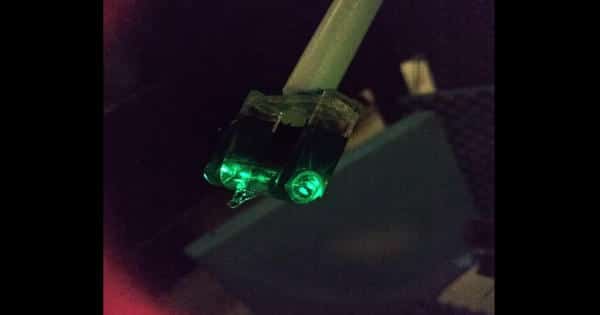The National Institute of Standards and Technology (NIST) and collaborators have demonstrated an atom-based sensor that can determine the direction of an incoming radio signal, another key component for a potential atomic communications system that could be smaller and work better in noisy environments than conventional technology.
Previously, NIST researchers demonstrated that the same atom-based sensors can detect commonly used communications signals. The ability to measure a signal’s “angle of arrival” contributes to the accuracy of radar and wireless communications, which must distinguish between genuine messages and images and random or deliberate interference.
Researchers at the National Institute of Standards and Technology (NIST) and collaborators have demonstrated an atom-based sensor that can determine the direction of an incoming radio signal. The sensor is yet another critical component of a potential atomic communications system that could be smaller and more effective in noisy environments than conventional technology.
Researchers have demonstrated an atom-based sensor that can determine the direction of an incoming radio signal, another key part for a potential atomic communications system that could be smaller and work better in noisy environments than conventional technology.
“This new work, combined with our previous work on atom-based sensors and receivers, brings us one step closer to a true atom-based communication system that will benefit 5G and beyond,” said project leader Chris Holloway.
Two different-colored lasers prepare gaseous cesium atoms in a tiny glass flask, or cell, in high-energy (“Rydberg”) states, which have novel properties such as extreme sensitivity to electromagnetic fields, in NIST’s experimental setup. The color of light absorbed by atoms is affected by the frequency of an electric field signal.
An atom-based “mixer” converts input signals into different frequencies. One signal serves as a reference, while a second signal is converted to a lower frequency or “detuned.” Lasers probe the atoms to detect and measure frequency and phase differences between the two signals. The position of electromagnetic waves relative to one another in time is referred to as phase.
The phase of the detuned signal is measured by the mixer at two different locations within the atomic vapor cell. Researchers can calculate the signal’s direction of arrival based on the phase differences at these two locations.

NIST measured phase differences of a 19.18 gigahertz experimental signal at two locations inside the vapor cell for various angles of arrival to demonstrate this approach. To validate the new method, researchers compared these measurements to both a simulation and a theoretical model. According to Holloway, the chosen transmission frequency could be used in future wireless communications systems.
The work is part of NIST’s advanced communications research, which includes 5G, the fifth-generation standard for broadband cellular networks, many of which will be much faster and carry far more data than current technologies. The sensor research is also part of the NIST on a Chip program, which aims to bring world-class measurement-science technology from the lab to users wherever and whenever they need it. The authors are from the University of Colorado Boulder and ANSYS Inc., both of which are located in Boulder.
Atom-based sensors in general have numerous potential benefits, including measurements that are both highly accurate and universal, that is, the same everywhere because the atoms are identical. Atomic measurement standards include those for length and time.
With further development, atom-based radio receivers could provide numerous advantages over conventional technologies. Traditional electronics that convert signals to different frequencies for delivery, for example, are no longer required because atoms do the job automatically. Physically, antennas and receivers can be made smaller, with micrometer-scale dimensions. Furthermore, atom-based systems may be less vulnerable to certain types of interference and noise.















